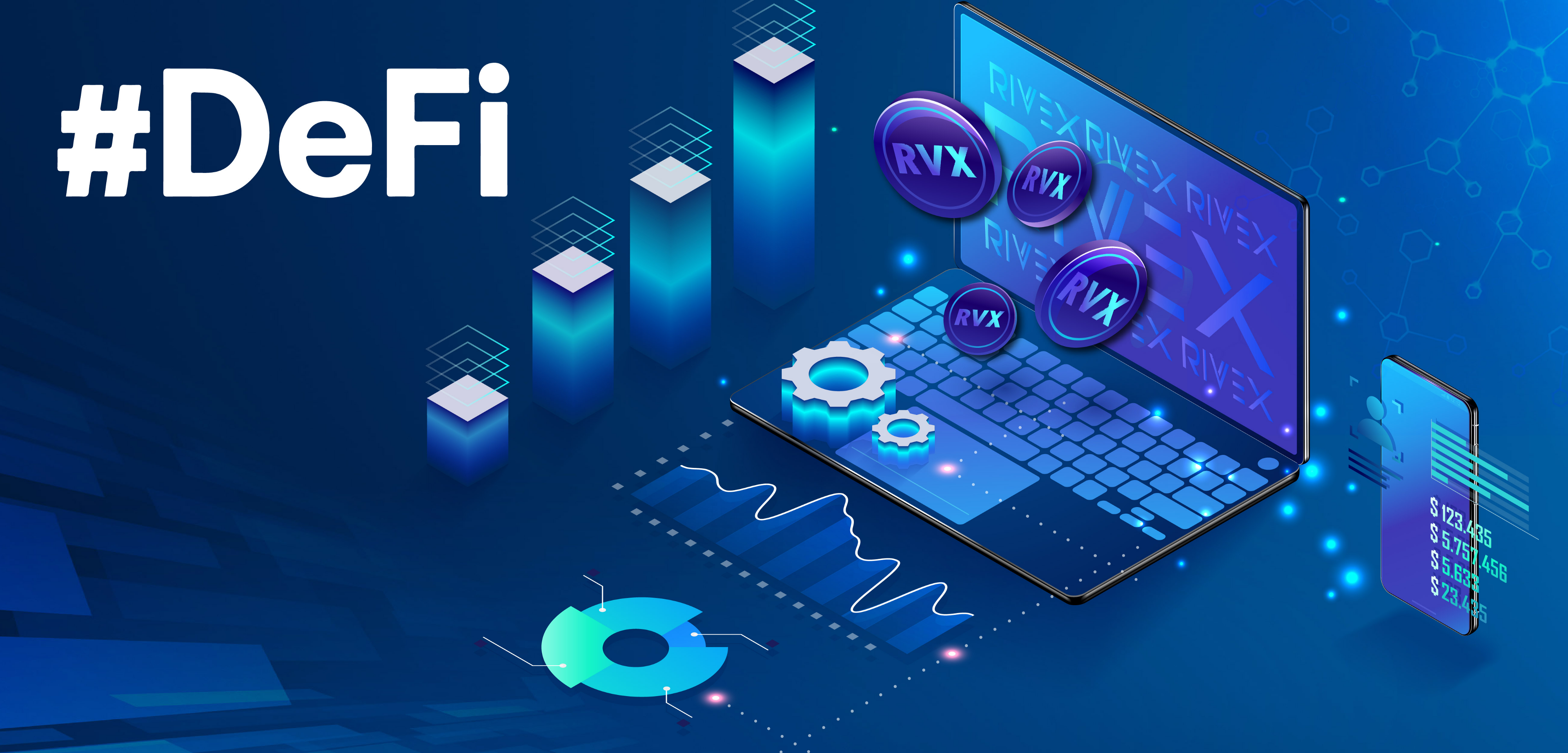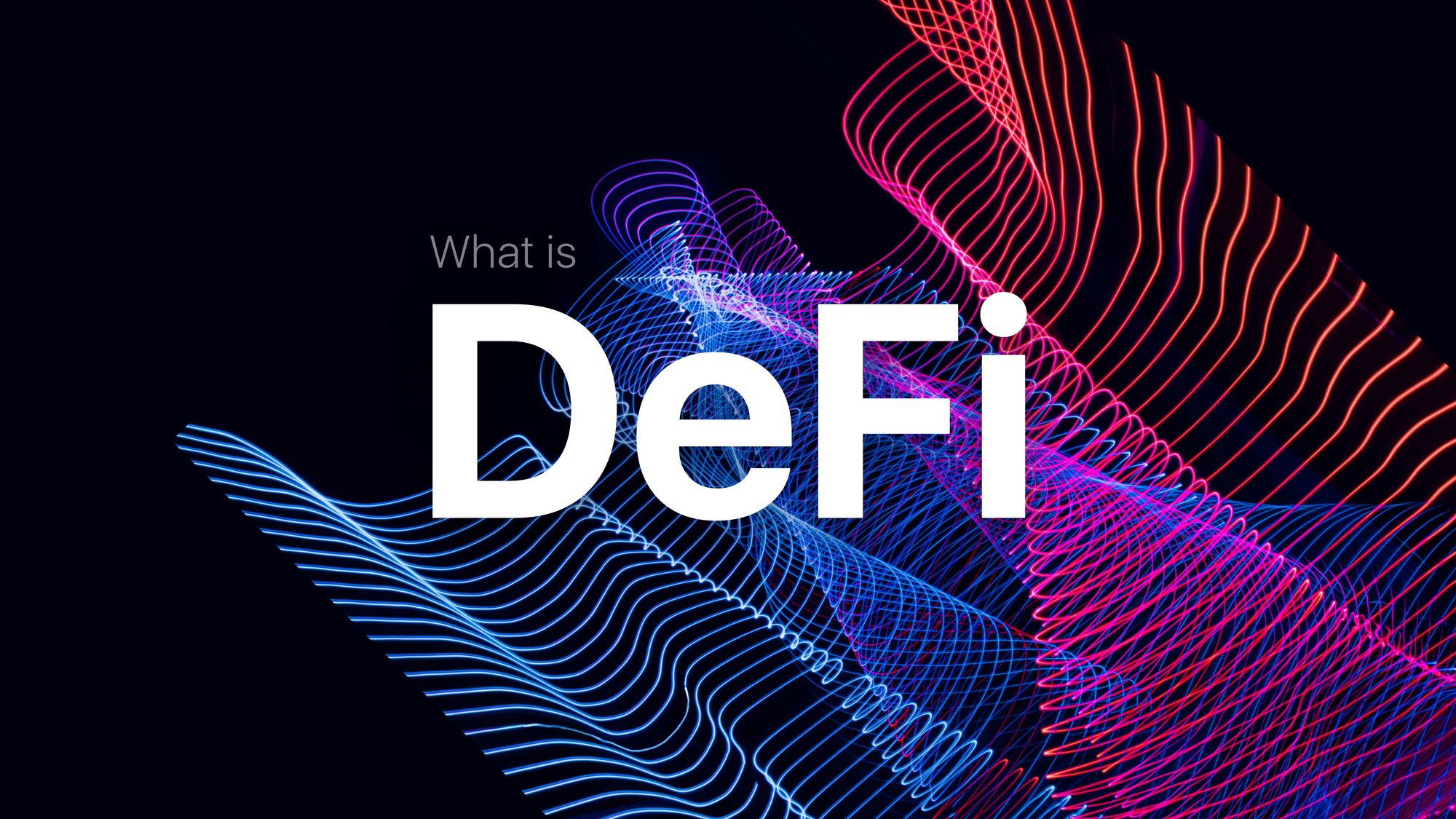
Decentralized finance is catching on, and it’s easy to see why. Though most commonly associated with cryptocurrencies like Bitcoin, decentralized finance also includes other products like bonds, futures, and security tokens. With this guide, you’ll learn what decentralized finance is, what it has to offer entrepreneurs and investors alike, and how you can get involved. So let’s jump right in!
How Does it Work?

It’s the movement from centralized, traditional finance to decentralized, peer-to-peer finance. And DeFi (Decentralized Finance) consists of a whole host of financial tools built on the Ethereum blockchain that facilitate lending, borrowing, stablecoins, and even tokenized BTC. By using the DeFi software developed for Ethereum, developers can launch autonomous, or immutable protocols that execute transactions exactly as they’re coded. They can then distribute these new systems freely. Developers have created hundreds of these applications, which make use of a variety of blockchains and tokens including Bitcoin (BTC), Ethereum (ETH), MakerDAO’s DAI (DAI), Compound’s CCOIN (CCOIN) and BlockFi’s FUEL (FUEL). Some notable projects which is designed to provide order books for trades between ERC20 tokens; protocol for issuing loans denominated in ETH or any other ERC20 asset; Trustless Trading Platform where users trade ETH against multiple assets such as USDT and TUSD; The World Trade Organization (WTO)’s GATT Token as well as numerous examples of decentralized margin trading platforms.
Is Crypto or Blockchain Right For Me?

The term Decentralized Finance, or DeFi, refers to the shifting away from traditional, centralized financial systems to peer-to-peer financial systems based on decentralized technologies. The DeFi ecosystem has launched a wide range of financial instruments and protocols, including lending and borrowing platforms as well as stablecoins and tokenized BTC. Given that Ethereum’s decentralized apps now total more than $13 billion in market value, decentralized finance has emerged as the most active segment of the blockchain space, with the potential to solve real-world problems for individuals, developers, and institutions. In this post, we’ll cover some of the basics you need to know about what it is and how it works. We’ll then dive into the 5 types of DApps that power DeFi and offer examples for each. We’ll finish up with our five favorite DApps to help you get started today! Let’s just jump in.
1) EthLend – A Lending Platform
2) StableCoin – A Dollar-Pegged Cryptocurrency
3) MakerDAO – A Tokenized form of Bitcoin
4) Augur – A Prediction Market
5) Compound – An Interest Rate Marketplace
How To Use Cryptocurrency

Cryptocurrencies are decentralized, meaning that government or financial institutions cannot control them. Bitcoin, the first and most well-known cryptocurrency, was created in 2009. Cryptocurrencies are often traded on decentralized exchanges and can also be used to purchase goods and services. Many retailers accept cryptocurrencies as a form of payment. Users may want to consider using a hardware wallet such as Trezor or Ledger which store private keys and provide offline protection for them. Additionally, a good rule of thumb is not to invest more than you’re willing to lose when it comes to cryptocurrencies. They’re volatile and there’s no guarantee that the currency will grow in value over time. Lastly, users should beware of scammers looking to steal personal information by posing as crypto company representatives online. Scammers typically offer discounts or promises of large returns to trick people into sending money in advance. Investors should always perform due diligence before entering into any transaction with anyone. For example, never share your private key with anyone, never send money for an investment without seeing detailed terms about what the investment entails and never wire funds through an unsecured platform like Western Union.
The Future of Blockchain and Cryptocurrency

We often refer to decentralized financial systems as DeFi. This means we’re trading without the middleman. Ethereum’s blockchain is the bedrock of these networks, while they support a broad variety of transactions like lending and borrowing, as well as stablecoins and BTC tokens. Decentralized Finance (DeFi) offers the next wave of programming with the Ethereum Network and does so by executing what is previously not possible to execute: building with crypto-assets to function exactly as programmed. Unique features of crypto assets like liquidity, tradability, scarcity, ease of transfer of ownership, and potential for fractional ownership, make them great for a lot of different things like developing decentralized exchanges and issuing asset-backed tokens. DeFi platforms could grant greater access to loans, provide a higher level of financial freedom than banks, and offer investors better opportunities than only buying stocks or bonds.
What is Decentralized Finance?

As the name implies, decentralized finance refers to the shift from centralized to peer-to-peer finance enabled by decentralized technologies and based on the Ethereum blockchain. The DeFi ecosystem includes lending and borrowing platforms, stablecoins, and tokenized BTC. Through the integration of protocols and financial instruments, the ecosystem has developed an expansive network of integrated financial services. By deploying immutable smart contracts on Ethereum, DeFi developers can launch new financial applications without having to rely on centralized intermediaries like banks or government institutions. In other words, DeFi is programmable money that anyone can access. With a growing number of open-source development tools such as 0x and Dharma, any person with basic programming skills can develop their own financial app without needing permission from regulators. Thus far, some of the most popular DeFi apps include ETHLend (peer-to-peer loans), MakerDAO (stablecoin), Compound (savings accounts), Set Protocol (credit default swaps), and Compound Network’s Lending Market Protocol. As DeFi continues to grow in popularity and usability, we anticipate it will become a staple for many households across the world who want more control over their finances but don’t have time for frequent trips to the bank or patience for clunky interfaces on crypto exchanges.